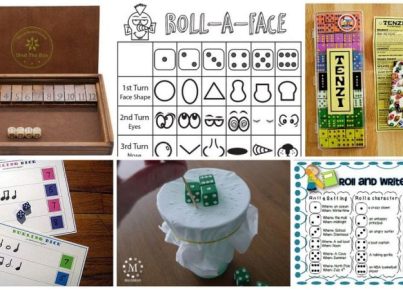- Reading Challenges: Create age-appropriate reading challenges with rewards for completing them. For example, set goals for reading a certain number of books or pages within a specific time frame.
- Book Clubs: Establish book clubs for both students and adults to encourage discussions and foster a love for reading. Offer incentives for active participation, such as bookmarks or small prizes.
- Reading Journals: Encourage students to maintain reading journals where they can record their thoughts, reflections, and favorite quotes from the books they read. Provide prompts and rewards for regular entries.
- Author Visits: Invite authors to speak at schools or libraries to inspire students and promote reading. Arrange book signings or Q&A sessions with the authors as incentives for students to read their books.
- Reading Buddies: Pair younger and older students to read together. Offer rewards for successful reading sessions, fostering mentorship and promoting reading fluency.
- Book Swaps: Organize book swapping events where students can exchange books they have already read for new ones. Incentivize participation by giving extra points for books donated or exchanged.
- Virtual Reading Challenges: Create online reading challenges using educational platforms or social media. Students can track their progress and earn virtual badges or certificates as incentives.
- Reading Awards: Establish monthly or yearly reading awards to recognize and celebrate students who excel in reading. Offer small prizes, certificates, or public recognition.
- Reading Competitions: Organize friendly reading competitions between classes or schools. Set targets for the number of books read or the amount of time spent reading, with rewards for the winning participants.
- Reading Rewards Store: Create a virtual or physical store where students can exchange reading points for books, bookmarks, or other reading-related items. This can motivate students to accumulate points through regular reading.
- Reading Logs: Provide students with reading logs to track their reading progress. Offer rewards for reaching milestones, such as reading a certain number of books or completing a reading log within a given time period.
- Reading Apps: Recommend or provide access to reading apps that offer interactive reading experiences or gamification elements. Reward students for using these apps and completing reading challenges within them.
- Reading Assemblies: Organize engaging assemblies focused on reading, where students can listen to book excerpts, storytelling, or dramatic performances. Offer rewards, like extra library time or bookmarks, for active participation.
- Reading Contests: Encourage students to participate in writing reviews or creating book-related artwork for contests. Offer incentives, like publication opportunities or prizes, for the winners.
- Classroom Reading Celebrations: Arrange special reading-themed events in classrooms, such as pajama days or reading picnics. Provide small rewards for students’ participation or best reading-themed costumes.
- Library Programs: Collaborate with local libraries to develop reading programs. Offer incentives, like free library cards or special access to library resources, for active participation.
- Reading Progress Charts: Create visual progress charts where students can track their reading milestones. Reward students for achieving certain goals, such as reading a certain number of books or minutes.
- Reading Ambassadors: Appoint reading ambassadors among students or teachers who promote reading and organize reading-related activities. Recognize their efforts with certificates or special privileges.
These incentives aim to make reading enjoyable and encourage a lifelong love for books. By implementing them, you can inspire students to become avid readers and improve their literacy skills.





